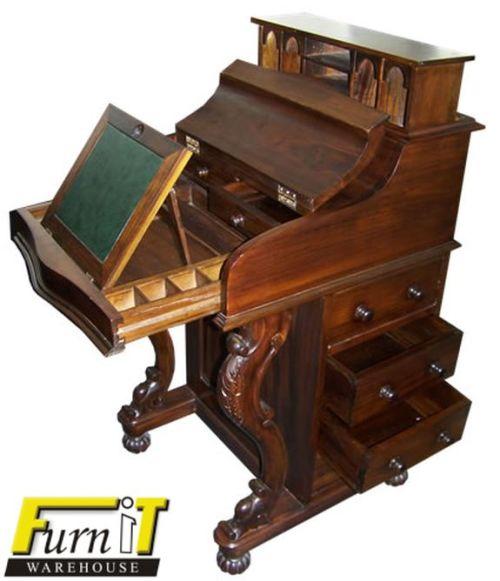

Additionally, my design allowed for the panel to be very slim (~3/4" in height including the plywood, sprocket, and Plexiglas).įor the design I ultimately decided on, I was able to drill holes into the furniture to support the mechanism weight. I ultimately decided a mechanical mechanism in the form of a sprocket with 4 rods which would simultaneously translate upon sprocket rotation as I believed this would be more reliable for long term usage. Also, the vertical space in my compartment was very limited, so if I included an Arduino or catches, I would have not room to store my stuff. I even considered the catch idea in combination with an arduino knock response to release the catches, but I wanted the safe to be accessible even if the power was out. I also considered having the panel lock in place by pushing it into some kind of door catch, but I decided this would be to complicated as I would need to find a way to keep the panel parallel to the ground and unclip multiple catches. I did consider using magnets to lock the compartment panel into place, but I was concerned that I would not be able to manipulate the magnets easily as I would have to come at them at a bad angle.

I did not have enough room for false bottoms in the drawers as they are very shallow, and I felt that a false back would be too obvious. I sometimes forget to charge things, so any electronically triggered mechanisms were a no go, and the last thing I wanted was to have to damage my compartment to get it open. So, as my first Instructable I've decided to share my the design of my secret compartment.įirst of all, as part of my design, I decided that the compartment should be strictly mechanical.

I had been browsing Instructables in the past for ways to make secret compartments, but I wanted to make my own secret compartment that was unique.


 0 kommentar(er)
0 kommentar(er)
